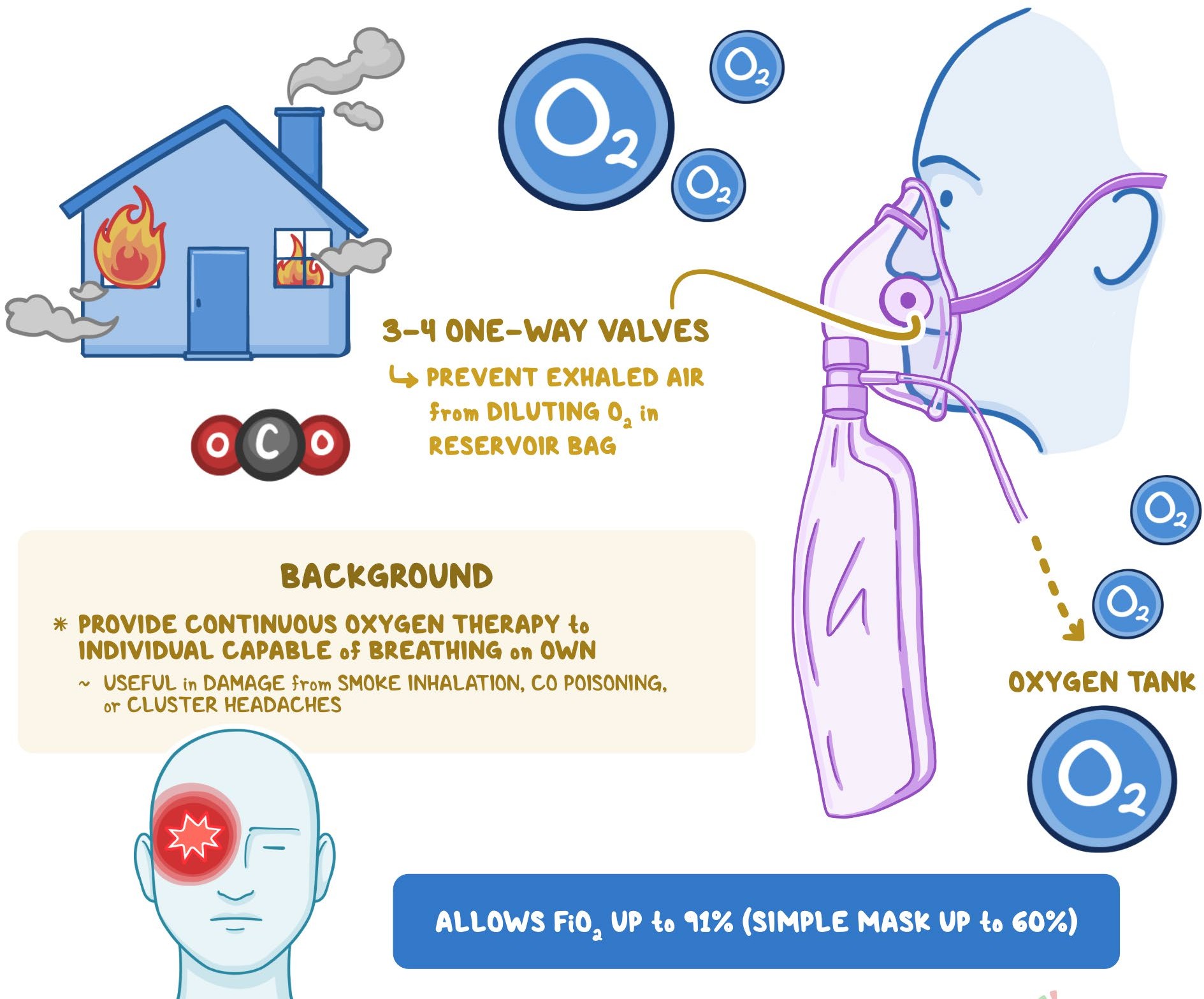A nurse is collecting data on a client who has dehydration. Which of the following findings should the nurse expect?
Urine osmolality of 200 mOsm/kg
Cloudy urine
Dark-colored urine
Urine specific gravity of 1.015
The Correct Answer is C
Choice A reason: Urine osmolality of 200 mOsm/kg is lower than expected in dehydration. Dehydration typically results in higher osmolality due to the concentration of urine.
Choice B reason: Cloudy urine can be a sign of infection or other conditions, but it is not a specific indicator of dehydration.
Choice C reason: Dark-colored urine is a common finding in dehydration as the body conserves water, leading to
more concentrated urine.
Choice D reason: A urine specific gravity of 1.015 is within the normal range. In dehydration, we would expect a higher specific gravity, indicating more concentrated urine.
Nursing Test Bank
Naxlex Comprehensive Predictor Exams
Related Questions
Correct Answer is B
Explanation
Choice A reason: Magnesium is important for many processes in the body, including nerve transmission and the regulation of muscle contractions, but it is not primarily used for oxygen transport.
Choice B reason: Iron is a key component of hemoglobin, the protein in red blood cells that carries oxygen from the lungs to the rest of the body. The normal range for iron in the blood is typically 50 to 170 micrograms per deciliter for men and 65 to 165 micrograms per deciliter for women.
Choice C reason: Potassium is crucial for heart function and plays a key role in skeletal and smooth muscle contraction, making it important for normal digestive and muscular function, but not directly for oxygen transport.
Choice D reason: Phosphorus helps form bones and teeth and is involved in the body's utilization of carbohydrates and fats, as well as the synthesis of protein for the growth, maintenance, and repair of cells and tissues, but it does not transport oxygen.
Correct Answer is C
Explanation
Choice A reason: The reservoir bag on a nonrebreather mask should not collapse with exhalation. It is designed to maintain a continuous flow of oxygen and reserve a volume of oxygen for the patient to inhale with each breath.
Choice B reason: While high-flow oxygen can dry a patient's mucous membranes, a nonrebreather mask typically has a high oxygen flow rate, and humidification can be used to prevent drying.
Choice C reason: A nonrebreather mask must fit snugly over the patient's face to ensure that the highest concentration of oxygen is delivered and that there is minimal dilution with room air.
Choice D reason: A nonrebreather mask is used to deliver high-flow oxygen, not low-flow. It is designed to provide a high concentration of oxygen, typically around 60% to 90% FiO2.

Whether you are a student looking to ace your exams or a practicing nurse seeking to enhance your expertise , our nursing education contents will empower you with the confidence and competence to make a difference in the lives of patients and become a respected leader in the healthcare field.
Visit Naxlex, invest in your future and unlock endless possibilities with our unparalleled nursing education contents today
Report Wrong Answer on the Current Question
Do you disagree with the answer? If yes, what is your expected answer? Explain.
Kindly be descriptive with the issue you are facing.
